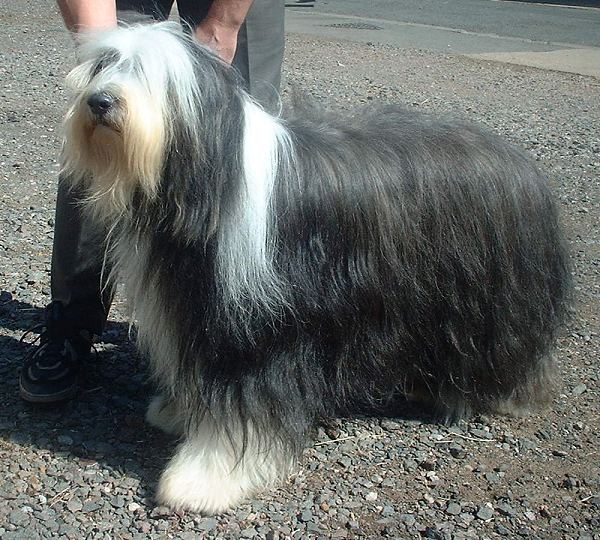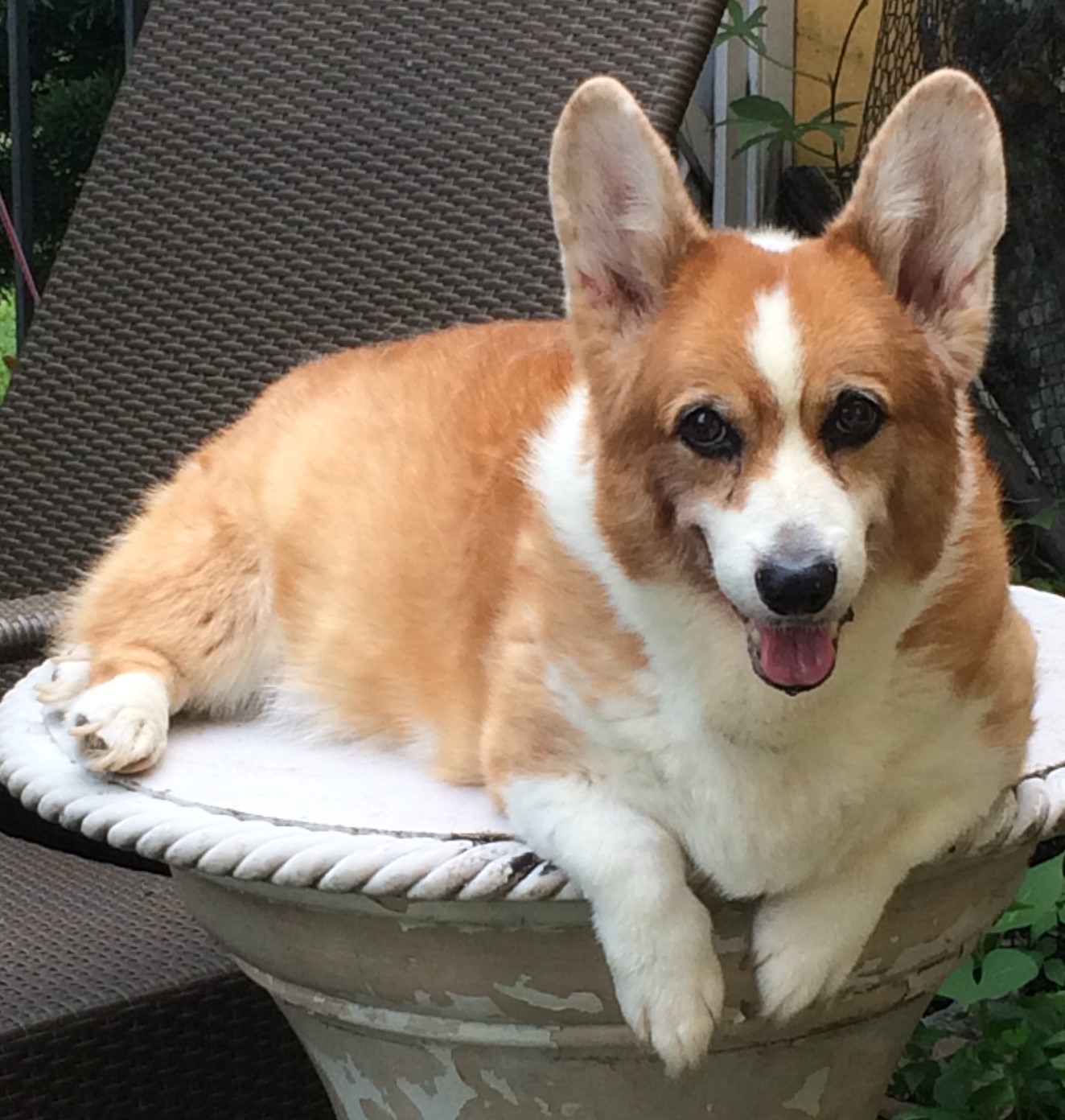|
Perineal Hernia
Perineal hernia is a hernia involving the perineum (pelvic floor). The hernia may contain fluid, fat, any part of the intestine, the rectum, or the urinary bladder, bladder. It is known to occur in humans, dogs, and other mammals, and often appears as a sudden swelling to one side (sometimes both sides) of the anus. A common cause of perineal hernia is surgery involving the perineum. Perineal hernia can be caused also by excessive straining to defecate. Atrophy of the levator ani muscle and disease of the pudendal nerve may also contribute to a perineal hernia. In humans In humans, a major cause of perineal hernia is perineal surgery without adequate reconstruction. In some cases, particularly surgeries to remove the coccyx and distal sacrum, adequate reconstruction is very difficult to achieve. The posterior perineum is a preferred point of access for surgery in the pelvic cavity, particularly in the presacral space. Surgeries here include repair of rectal prolapse and anteri ... [...More Info...] [...Related Items...] OR: [Wikipedia] [Google] [Baidu] |
Hernia
A hernia (: hernias or herniae, from Latin, meaning 'rupture') is the abnormal exit of tissue or an organ (anatomy), organ, such as the bowel, through the wall of the cavity in which it normally resides. The term is also used for the normal Development of the digestive system, development of the intestinal tract, referring to the retraction of the intestine from the extra-embryonal navel coelom into the abdomen in the healthy embryo at about 7 weeks. Various types of hernias can occur, most commonly involving the abdomen, and specifically the groin. Groin hernias are most commonly inguinal hernia, inguinal hernias but may also be femoral hernias. Other types of hernias include Hiatal hernia, hiatus, incisional hernia, incisional, and umbilical hernias. Symptoms are present in about 66% of people with groin hernias. This may include pain or discomfort in the lower abdomen, especially with coughing, exercise, or Urination, urinating or Defecation, defecating. Often, it gets worse th ... [...More Info...] [...Related Items...] OR: [Wikipedia] [Google] [Baidu] |
Sacrococcygeal Teratoma
Sacrococcygeal teratoma (SCT) is a type of tumor known as a teratoma that develops at the base of the coccyx (tailbone) and is thought to be primarily derived from remnants of the primitive streak. Sacrococcygeal teratomas are Benign tumor, benign 75% of the time, Malignant tumor, malignant 12% of the time, and the remainder are considered "immature teratomas" that share benign and malignant features. Benign sacrococcygeal teratomas are more likely to develop in younger children who are less than 5 months old, and older children are more likely to develop malignant sacrococcygeal teratomas. The Currarino syndrome, due to an autosomal dominant mutation in the MNX1 gene, consists of a presacral mass (usually a mature teratoma or anterior meningocele), anorectal malformation and sacral dysgenesis. Presentation Complications Maternal complications of pregnancy may include mirror syndrome. Maternal complications of delivery may include a cesarean section or, alternatively, a vaginal ... [...More Info...] [...Related Items...] OR: [Wikipedia] [Google] [Baidu] |
Pekingese
The Pekingese (also spelled Pekinese) is a dog breed, breed of toy dog, originating in China. The breed was favored by royalty of the Chinese sovereign, Chinese Imperial court as a companion dog, and its name refers to the city of Beijing (Peking) where the Forbidden City is located. The breed has several characteristics and health issues related to its unique appearance. Because of its desirable characteristics, the Pekingese has been part of the development of designer crossbreeds, such as the Peekapoo (crossed with a poodle) and Peke-a-tese (crossed with a Maltese dog, Maltese). Appearance Modern breeders and dog show judges seem to prefer the long-haired type over the more traditional spaniel-type coat. The Pekingese's Cephalic index#Brachycephalic animals, flat face and large eyes are some of the breed's most obvious characteristics. The body is compact and low to the ground. Pekingese also have a muscular and durable body. The breed's unusual rolling gait may have bee ... [...More Info...] [...Related Items...] OR: [Wikipedia] [Google] [Baidu] |
Dachshund
The dachshund ( or ; German: 'badger dog'), also known as the wiener dog or sausage dog, badger dog, doxen and doxie, is a short-legged, long-bodied, hound-type dog breed. The dog may be smooth-haired, wire-haired, or long-haired, with varied coloration. The dachshund was bred to Macrosmatic, scent, hunting, chase, and flush out badgers and other burrow-dwelling animals. The miniature dachshund was bred to hunt small animals such as rabbits. The dachshund was ranked 9th in registrations with the American Kennel Club in 2022. Etymology The name ''dachshund'' is of German word origin, origin, and means 'badger dog', from ('badger') and ('dog, hound'). The German word ''Dachshund'' is pronounced . The pronunciation varies in English: variations of the first and second syllables include , and , , . The first syllable may be incorrectly pronounced as by some English speakers. Although is a German word, in modern Germany, the dogs are more commonly known by the short n ... [...More Info...] [...Related Items...] OR: [Wikipedia] [Google] [Baidu] |
Collie
Collies form a distinctive type of herding dogs, including many related landraces and standardized breeds. The type originated in Scotland and Northern England. Collies are medium-sized, fairly lightly-built dogs, with pointed snouts. Many types have a distinctive white color over the shoulders. Collies are very active and agile, and most types of collies have a very strong herding instinct. Collie breeds have spread through many parts of the world (especially North America and Australia), and have diversified into many varieties, sometimes mixed with other dog types. Some collie breeds have remained as working dogs for herding cattle, sheep, and other livestock, while others are kept as pets, show dogs or for dog sports, in which they display great agility, stamina and trainability. While the American Kennel Club has a breed they call "collie", in fact ''collie dogs'' are a distinctive type of herding dog inclusive of many related landraces and formal breeds. There are usuall ... [...More Info...] [...Related Items...] OR: [Wikipedia] [Google] [Baidu] |
Boston Terrier
The Boston Terrier is a breed of dog originating in the United States of America. This "American Gentleman" was accepted in 1893 by the American Kennel Club as a non-sporting breed. Boston Terriers are small and compact with a short tail and erect ears. The Boston Terrier ranked as the 24th most popular breed in registrations with the American Kennel Club in 2022. History The Boston terrier breed originated around 1870, when Robert C. Hooper of Boston purchased from a man named William O'Brien a dog named Judge (known later as Hooper's Judge), which was of a bull and terrier type lineage. Hooper's Judge is directly related to the original bull and terrier breeds of the 19th and early 20th centuries. The American Kennel Club cites Hooper's Judge as the ancestor of nearly all true modern Boston Terriers."Get t ... [...More Info...] [...Related Items...] OR: [Wikipedia] [Google] [Baidu] |
Australian Kelpie
The Australian Kelpie, or simply Kelpie, is an Australia, Australian Herding dog, sheepdog capable of Muster (livestock), mustering and droving with little or no guidance. It is a medium-sized dog and comes in a variety of colours. The Kelpie has been exported throughout the world and is used to Muster (livestock), muster livestock, primarily sheep, cattle and goats. The breed has been separated into two distinct varieties: the Show (or Bench) Kelpie and the Working Kelpie. The Show Kelpie is seen at conformation dog shows in some countries and is selected for appearance rather than working instinct, while the Working Kelpie is bred for its working ability. History The ancestors of most Kelpies were British dogs known loosely as collies (sometimes spelled colleys). These were mostly black, or very dark brown, dogs – hence the name collie, which has the same root as coal. (The official collie breeds were not formed until about 10 or 15 years after the Kelpie was established ... [...More Info...] [...Related Items...] OR: [Wikipedia] [Google] [Baidu] |
Boxer (dog)
The Boxer is a medium to large, short-haired dog breed of mastiff-type, developed in Germany. The coat is smooth and tight-fitting; colors are Fawn (colour), fawn or brindled, with or without white markings. Boxers are Cephalic index#Brachycephalic animals, brachycephalic (they have broad, short skulls), have a square muzzle, mandible, mandibular prognathism (an underbite), very strong jaws, and a powerful bite ideal for hanging on to large prey. The Boxer was bred from the Old English Bulldog and the now extinct Bullenbeisser, which became extinct by crossbreeding rather than by a decadence of the breed. The Boxer is a member of both The Kennel Club and American Kennel Club (AKC) Working Group.http://www.akc.org/dog-breeds/boxer/#standard "Get to Know the Boxer", 'The American Kennel Club', Retrieved 14 May 2014 The first Boxer club was founded in 1895, with Boxers being first exhibited in a dog show for St. Bernard (dog), St. Bernards in Munich the next year. Based on 2013 AKC st ... [...More Info...] [...Related Items...] OR: [Wikipedia] [Google] [Baidu] |
Welsh Corgi
The Welsh Corgi ( or Corgi, plural Corgis, or occasionally the etymologically consistent Corgwn; ) is a small type of herding dog that originated in Wales. The name ''corgi'' is thought to be derived from the Welsh words and (which is mutated to ), meaning "dwarf" and "dog", respectively. Two separate breeds are recognised: the Pembroke Welsh Corgi and the Cardigan Welsh Corgi. Physical differences are seen between the two breeds. According to the breed standards, overall the Cardigan is larger, both in weight and height, and has a much longer tail than the Pembroke. Historically, the Pembroke has been attributed to the influx of dogs alongside Flemish weavers from around the 14th century, while the Cardigan is attributed to the dogs brought with Norse settlers, in particular a common ancestor of the Swedish Vallhund. The Pembroke is the more popular of the two, yet still appears on the Kennel Club's vulnerable dog breeds of the United Kingdom list. The Pembroke Welsh C ... [...More Info...] [...Related Items...] OR: [Wikipedia] [Google] [Baidu] |
Neutering
Neutering, from the Latin ('of neither sex'), is the removal of a non-human animal's sex organ, reproductive organ, either all of it or a considerably large part. The male-specific term is castration, while spaying is usually reserved for female animals. Colloquially, both terms are often referred to as fixing. In male horses, castrating is referred to as gelding. An animal that has not been neutered is sometimes referred to as entire or intact. Often the term ''neuter[ing]'' is used to specifically mean castration, e.g. in phrases like "spay and neuter". Neutering is the most common method for animal Sterilization (medicine), sterilization. humane society, Humane societies, animal shelters, and rescue groups urge pet owners to have their pets neutered to prevent the births of unwanted Litter (zoology), litters, which contribute to the Overpopulation of domestic pets, overpopulation of unwanted animals in the rescue system. Many countries require that all adopted cats and dogs be ... [...More Info...] [...Related Items...] OR: [Wikipedia] [Google] [Baidu] |





